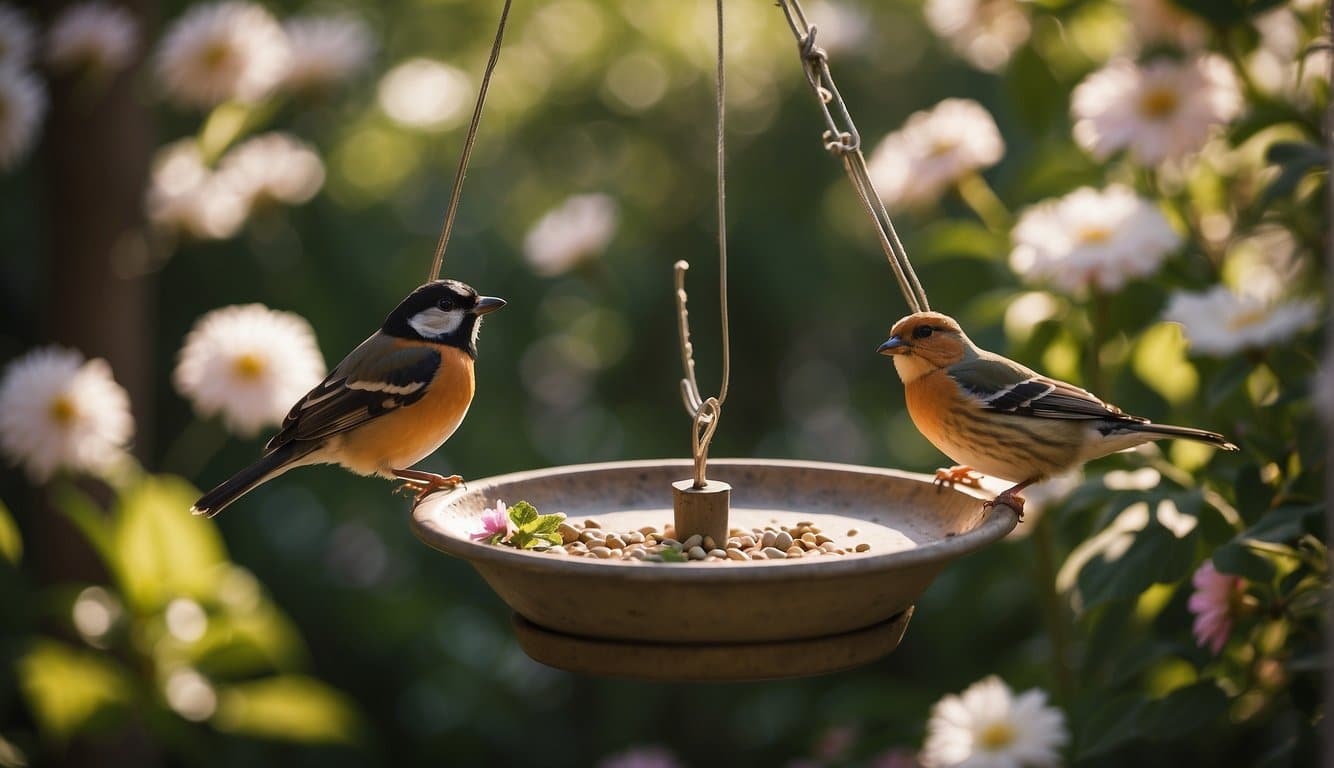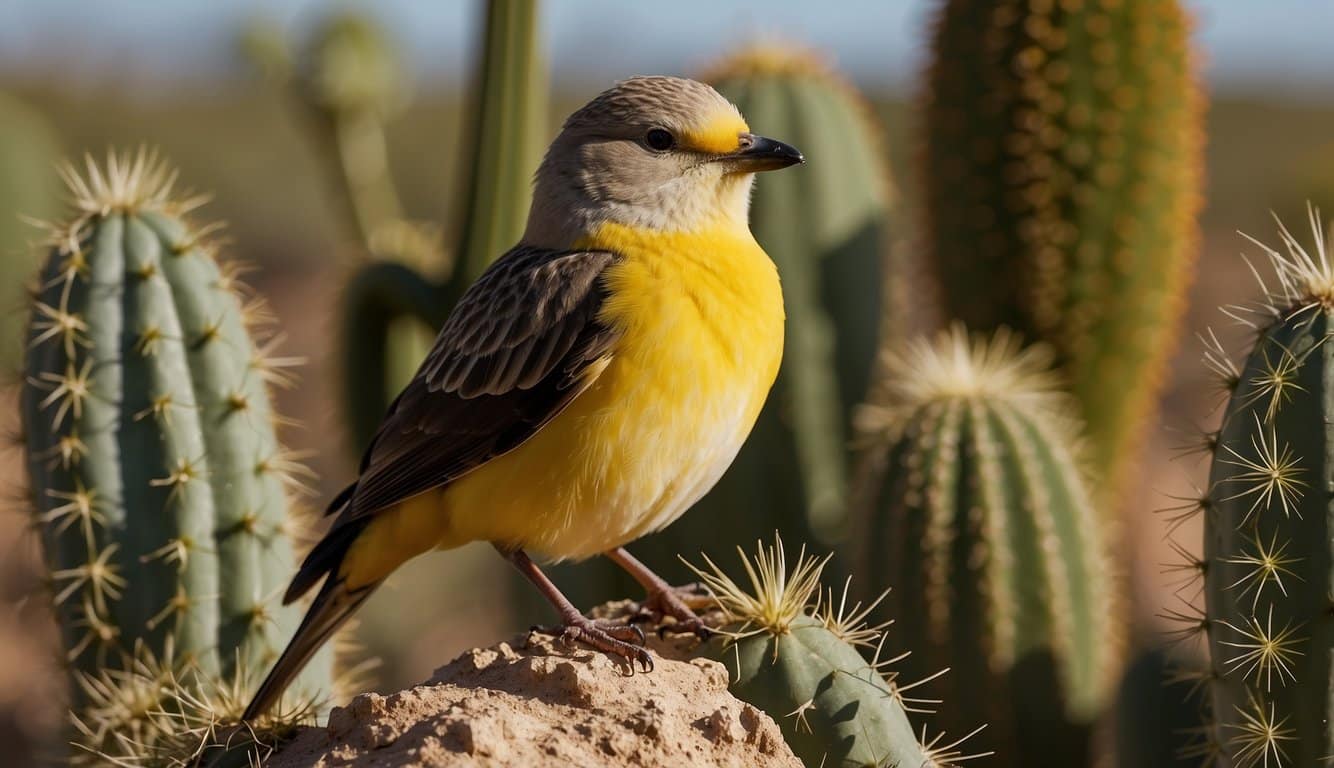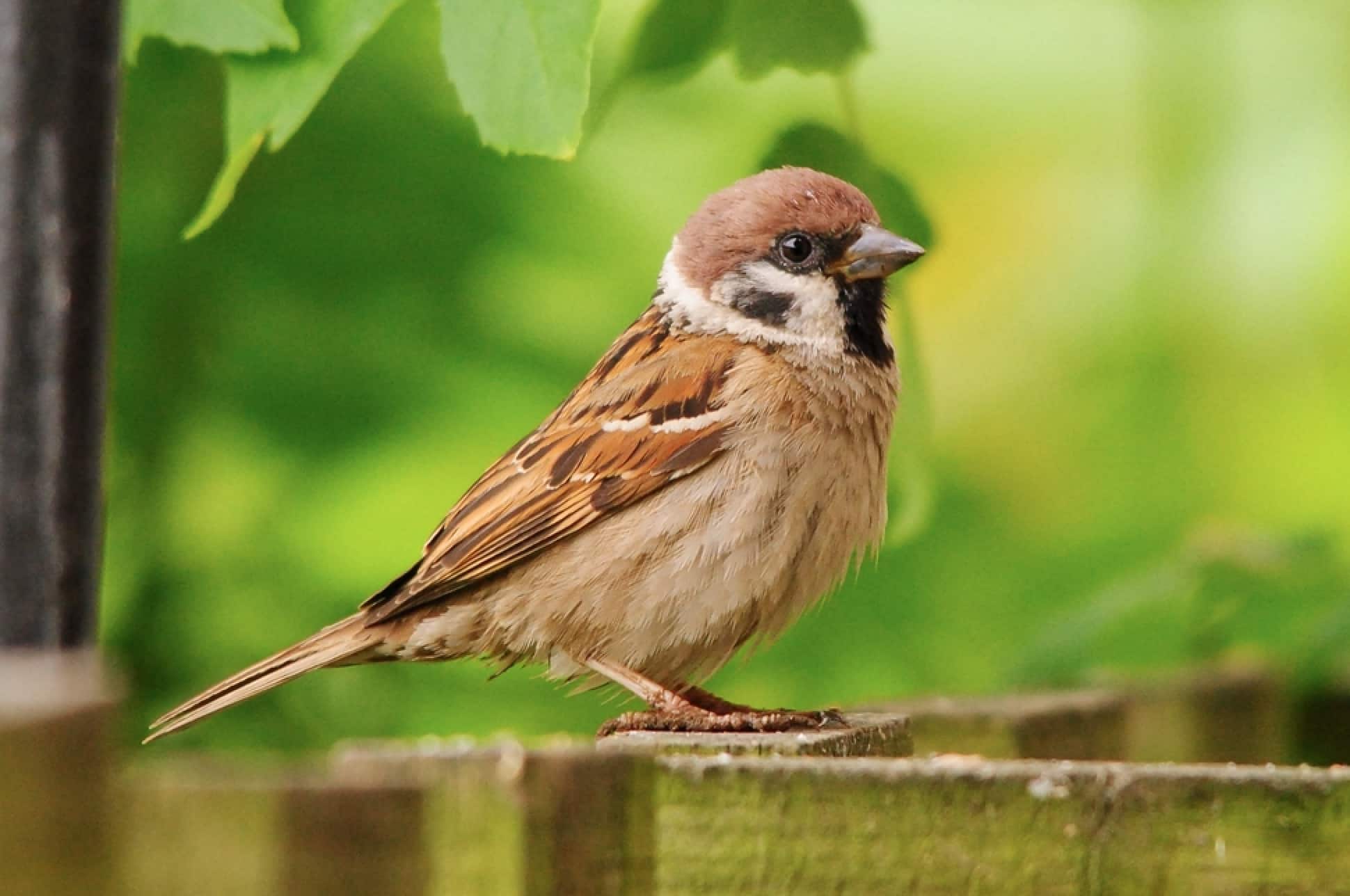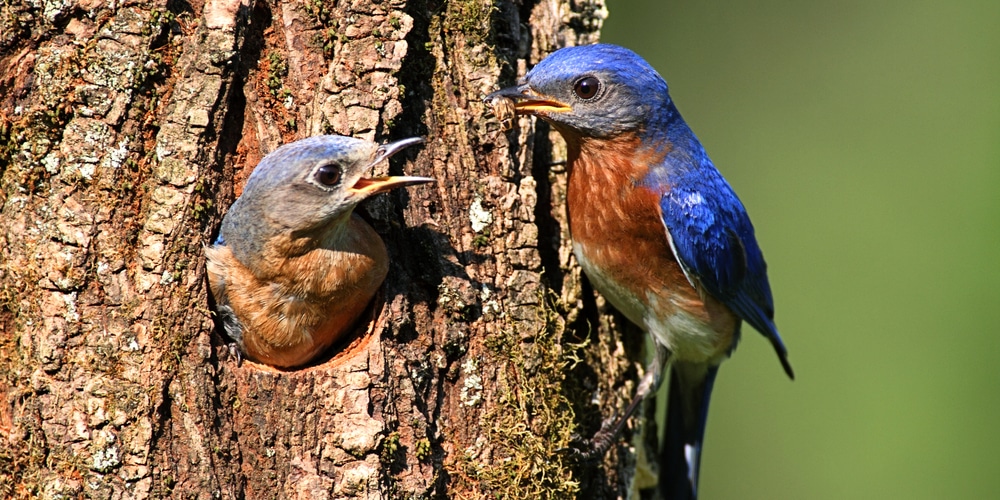Assessing Habitat Conditions
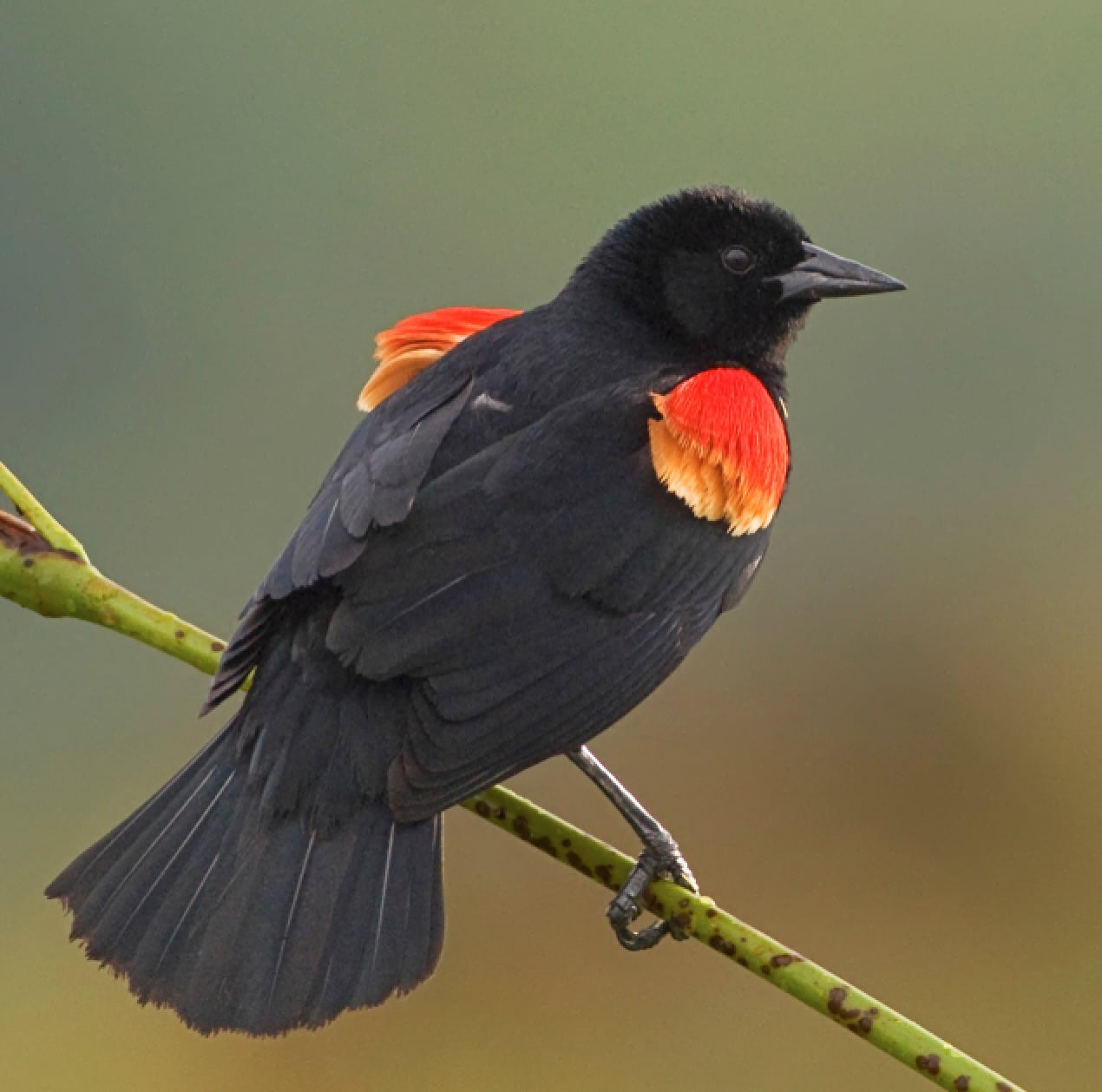
Before embarking on maintenance, inspecting the current state of your bird habitat is crucial.
- Examine Vegetation: Look for native plants that offer food resources such as seeds, nuts, berries, or nectar.
- Evaluate plant health: Check for signs of disease or pest infestation.
- Diversity: Ensure a variety of plant species to support different bird species throughout the year.
- Check Water Sources: Identify and inspect water features.
- Cleanliness: Ensure birdbaths and water sources are clean and fresh.
- Accessibility: Water sources should be safely accessible to birds.
- Inspect Nesting Areas: Determine the availability and condition of natural or artificial nesting sites.
- Safety: Nesting sites should be secure from predators.
- Suitability: Assess if the size and material of nest boxes are appropriate for the birds you intend to attract.
- Look at the Landscape Layout:
- Shelter: Ensure there is adequate cover for birds to hide from predators.
- Feeding areas: Designated feeding areas should be free from disturbances.
- Evaluate for Hazards:
- Windows: Check for reflective surfaces that might cause bird collisions. Consider window treatments to prevent accidents.
- Chemicals: Keep an inventory of chemicals used in the garden. Opt for natural pest control methods.
Feeding and Watering Solutions
Properly feeding and providing water for birds are essential practices for enhancing bird habitats around your home during spring.
Improving Food Sources
- Optimize your offerings: Different bird species have varying dietary needs. Provide a diverse range of foods to cater to as many species as possible.
- Sunflower chips and safflower seeds: These are favorites of warblers, finches, and cardinals.
- Install appropriate feeders: Select the right type of feeder for the foods you’re providing.
Maintaining Water Features
- Ensure clean water: Regularly clean and refill birdbaths to maintain fresh water. Clean water is not only healthier for birds but also attracts them.
- Year-round access: Consider using a water heater or a solar water fountain to keep the water ice-free during colder days and to add an attractive feature for your feathered friends.
Nesting and Shelter Enhancements
In spring, birds are actively seeking safe and secure places to nest. By focusing on maintenance and improvement of birdhouses and available nesting materials, you enhance the chances of avian visitors choosing your garden as their nurturing grounds.
Repairing Birdhouses
- Inspect each birdhouse for damage: Check for cracks, loose panels, or broken entry holes. These can leave nests vulnerable to predators or harsh weather.
- Clean out old nests: Remove any remnants from last season to prevent parasites and give birds a fresh start.
- Secure the birdhouse: Ensure it is fixed firmly to its post or tree to withstand winds and discourage predators.
- Consider placement: Relocate birdhouses away from high traffic areas and place them at varying heights to cater to different bird species.
Adding Nesting Materials
- Natural fibers: Provide materials like twigs, straw, or pet fur in mesh bags or suet cages.
- Manmade items: Cut small lengths of yarn or string, but no longer than six inches to avoid entanglement.
- Placement: Dispense these materials around your garden in visible and accessible locations.
- Avoid: Don’t use plastic strips or dryer lint, as they can be harmful to birds.
Landscaping for Bird Protection
When you prepare your landscape for spring, strategic decisions can greatly enhance bird habitats, protecting them and encouraging their presence in your yard. Focused landscaping efforts such as prudent pruning and the selection of native plants contribute to a safe and nurturing environment for avian friends.
Pruning Vegetation
- Assess Trees and Shrubs: Before pruning, examine your trees and shrubs for bird activity. Nesting birds may rely on the cover these plants provide.
- Seasonal Timing: Aim to prune either before birds nest to prevent disturbing them or after fledglings have left.
Choosing Native Plants
- Attract Local Species: By planting greenery native to your region, you provide the natural food and shelter that local bird species depend on.
- Avoid Invasive Plants: These can harm the local ecosystem and, by extension, the birds that live there.
- Choose Growth Like Serviceberry: Serviceberry is known for providing ample bird food.
Monitoring and Safety Measures
With the arrival of spring, enhancing bird habitats in your outdoor space can play a crucial role in the preservation and growth of local avian populations. Careful monitoring and implementing specific safety measures are instrumental for creating a healthy and safe environment.
Controlling Pests
When you engage in bird habitat maintenance, it’s essential to manage pests gently to ensure birds aren’t harmed:
- Physical barriers: Install netting or spines on nesting boxes to deter squirrels and raccoons.
- Natural repellents: Use non-toxic, natural repellents around bird habitats to keep insects at bay without harming the birds.
- Bird-safe treatments: Opt for insecticides that are certified as safe for birds if chemical intervention is necessary.
Preventing Window Collisions
Window collisions are a common hazard for birds, but you can take measures to make your windows more bird-friendly:
- Visual markers: Apply decals or strips to your windows to make them more visible to birds.
- Window films: Consider installing a patterned window film that will prevent birds from seeing reflections of the sky or trees.
- Feeder placement: Position bird feeders at least 30 feet away from windows or within 3 feet to reduce the likelihood of collision with enough momentum to cause injury.
Frequently Asked Questions
The transition into spring provides an ideal opportunity to prepare and enhance bird habitats for the season. From cleaning birdhouses to landscaping with native plants, each action creates a more welcoming environment for birds.
What steps can be taken to clean birdhouses for the upcoming breeding season?
- Remove old nesting materials and debris from the birdhouses to prevent parasites and diseases.
- Scrub the houses with a solution of nine parts water to one part bleach and rinse thoroughly.
How can native plants be incorporated into backyard landscaping to support local bird populations?
- Choose native shrubs and flowers that provide natural food sources and nesting materials for birds.
- Plant in layers, with canopy trees, understory shrubs, and ground cover to create a diverse habitat.
What bird feeder maintenance practices are recommended in the spring?
- Disassemble feeders and clean all parts using a brush and a mild soap solution.
- Allow them to dry completely before refilling with fresh seed to prevent mold and attract birds.
How should birdbaths be properly maintained or installed to benefit birds during springtime?
- Clean birdbaths regularly with a brush and replace the water every few days to reduce algae and mosquitoes.
- Place the birdbath in a shaded area near shelter but far enough from potential predators.
Are there specific nesting materials homeowners can provide to assist birds in nest building?
- Offer materials like twigs, dried grasses, and feathers in an easily accessible spot.
- Avoid using materials like plastic, which can be harmful to birds and their chicks.
What actions can individuals take to reduce dangers to birds, such as window collisions, during the spring?
- Apply decals or hang objects in front of windows to make them more visible to birds.
- Keep a safe distance between bird feeders and windows to minimize the risk of collisions.
